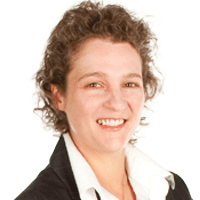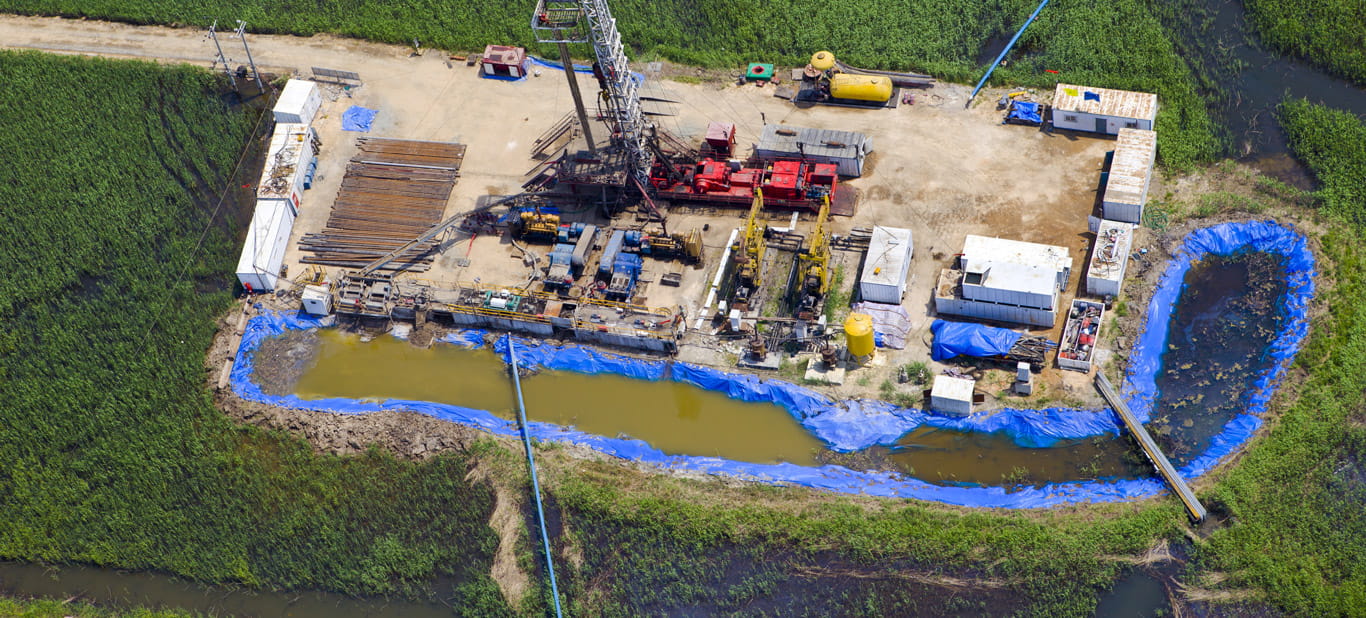This uncertainty – if not managed properly – can stop a project in its tracks.
The Environmental Assessment process has been developed for projects above a certain size to reduce uncertainty and identify and predict both positive and negative effects on the environment and society. These effects can result from the core activities of a project, activities outside the footprint, and interaction with other projects (cumulative effects).
What’s the fuss?
A study of the top 190 oil and gas projects around the world revealed that there was an average delay of 12 months for non-producing fields – 73% of these project delays were attributed to non-technical issues, including political or stakeholder related issues.1

What’s more, community tension and conflict can be costly. It can result in up to 20 million per week by the time a project gets to operations.2

Community engagement
Moving forward with large developments is no longer just about obtaining an Environmental Assessment Certificate or a tick in the permits and approvals box. Project developers now need to manage expectations at the early stages of project development and proceed with open engagement.
In addition to the legal requirements for consultation with Aboriginal and community stakeholder groups within the Environmental Assessment process, there are approaches that can be taken in parallel, allowing proponents to engage meaningfully with the communities they will become part of over the next 25 to 50 years.
In particular, there should be meaningful engagement with communities when:
- setting terms of reference
- considering project alternatives
- identifying early and long-term job opportunities
Showing that a community is heard, and that they have stake in the project, allows them opportunities to input into the development. This may result in fundamental changes to the site or layout to avoid existing or traditional activities, and sensitive or valued receptors, however, hearing first-hand the views of communities early could significantly increase the likelihood of success and reduce risk for all.




